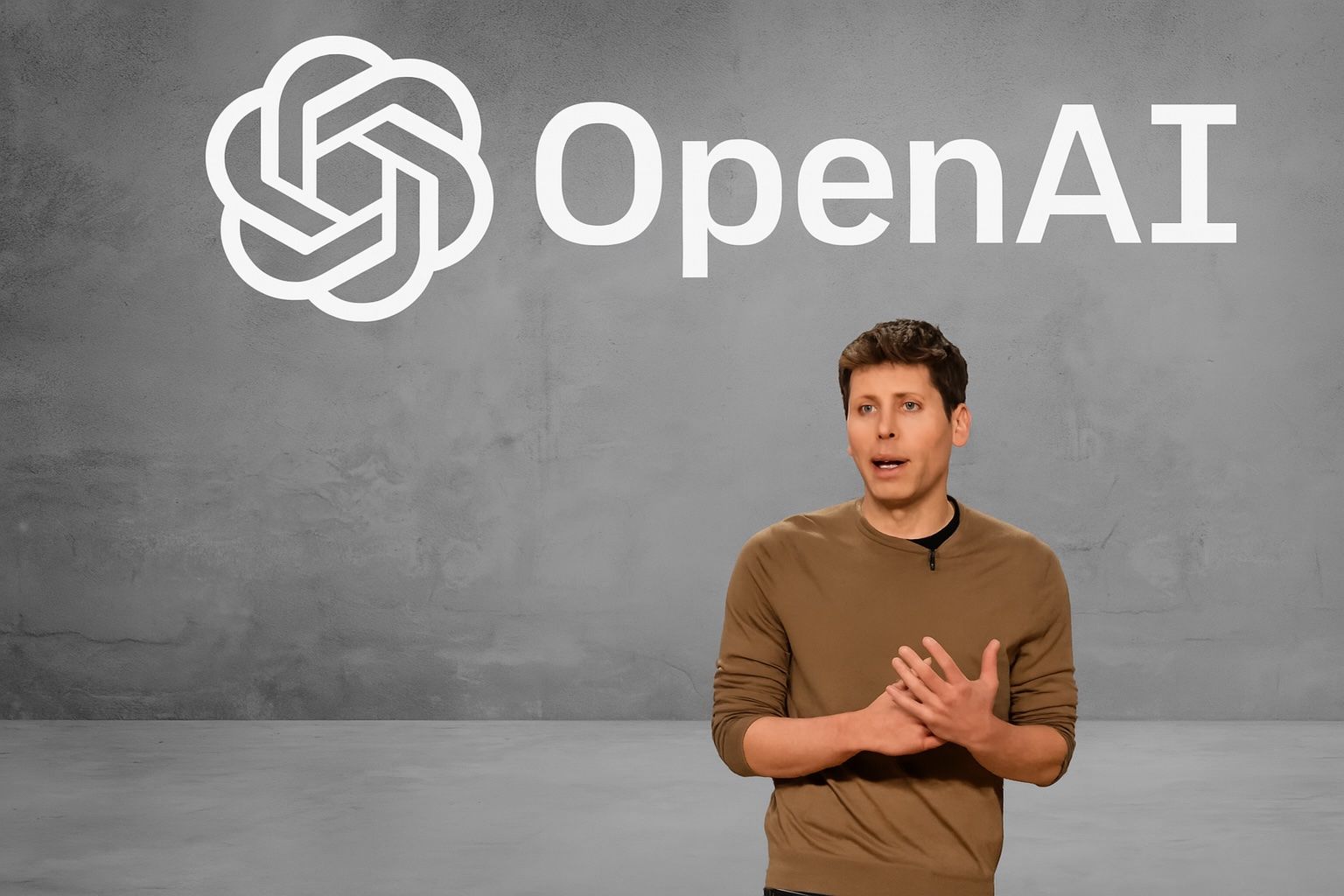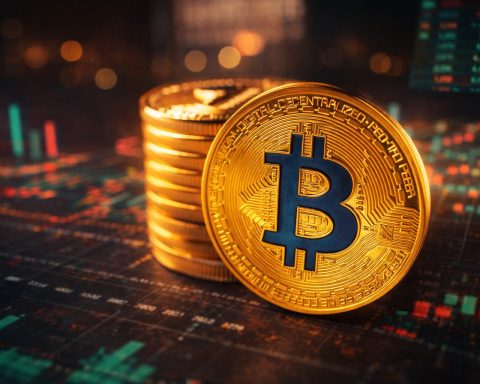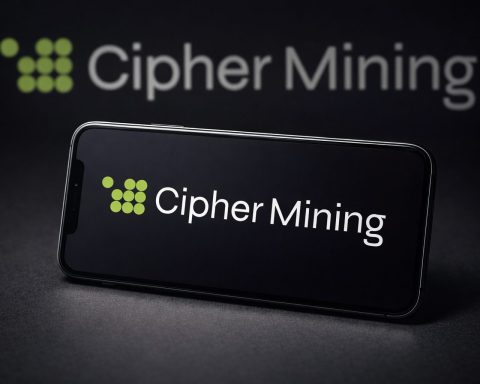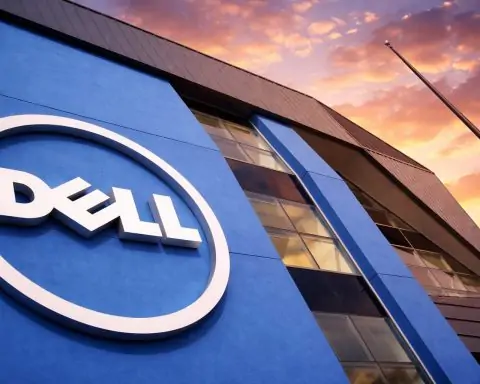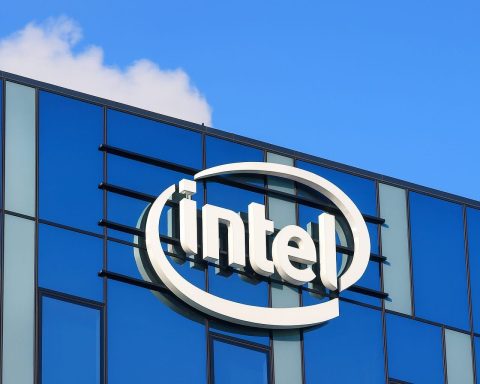- GPT-5 could debut as early as August, according to Reuters, and will fuse several distinct systems rather than ship as a single monolith.
- The Verge reports mini and nano variants will launch alongside the flagship to offer tiered pricing and lower-latency or on-device use.
- Early testers say GPT-5 will be multimodal and agentic, able to mix text, images, audio and file manipulation inside task-running agents.
- There are rumors of a million-token context window with persistent memory baked into the core, enabling handling entire projects.
- Leaks indicate GPT-5 includes a safety and biosecurity focus with internal ‘BioSec Benchmarks’ to harden against dual-use biology risks.
- Sam Altman said on Theo Von’s July 23 podcast that GPT-5 “integrates a lot of our technology.”
- OpenAI aims to reclaim AI leadership from Google Gemini and Anthropic Claude with GPT-5, described in coverage as a high-stakes bid.
- The August timeline could slip due to red-team findings or GPU supply bottlenecks, according to analysts.
- Google’s Gemini Ultra 2 and Anthropic Claude-4 are slated for Q4 launches, leaving a brief window for GPT-5 to lead in enterprise features.
- If on schedule, ChatGPT Plus or Pro users could experiment with GPT-5 before summer ends, and developers will gain API access to models that reason, remember and act with less prompting.
OpenAI is reportedly sprinting toward an early‑August release of GPT‑5, a next‑generation model that fuses the company’s reasoning‑heavy o‑series with its blockbuster GPT line. Multiple publications broke the story within hours of one another today, all citing sources close to the company—and CEO Sam Altman is fanning the hype with fresh public comments. In this article you’ll find a rundown of every credible report published today, expert perspectives on what GPT‑5 may do differently, and some sober context on why the timeline could still slip.
What Happened Today?
- Reuters led with the headline that GPT‑5 may debut “as early as August,” stressing that the model will combine several distinct systems rather than ship as a single monolith. [1]
- The Verge’s Tom Warren confirmed the August window and added that “mini” and “nano” versions will launch alongside the flagship to give developers tiered pricing options. [2]
- Axios independently heard that the new model is already in external red‑team testing, calling release “early next month” and highlighting U.S.–China AI rivalry as a driver. [3]
- Financial outlets from Investing.com to Yahoo Finance quickly syndicated the story, framing GPT‑5 as a potential jolt for Microsoft‑linked equities. [4] [5]
- Regional tech press—including The Economic Times in India—echoed the schedule, noting that an open‑weight model is now expected before GPT‑5 after an internal shuffle. [6]
- Consumer‑tech sites such as Android Headlines and WinBuzzer emphasized Altman’s claim that GPT‑5 “integrates a lot of our technology,” calling it a bid to reclaim leadership from Google Gemini and Anthropic Claude. [7] [8]
- Commentary pieces from TechRadar, Crypto Briefing and Nieman Lab rounded out the day’s coverage with leaked config files, AGI speculation and media‑industry angles. [9] [10] [11]
Why the August Timeline Matters
OpenAI originally hinted that GPT‑5 might land in late spring, then quietly delayed for additional safety checks and server‑capacity planning. [12] An August launch would still beat arch‑rivals’ next‑gen roadmaps and arrive weeks before Microsoft’s annual Ignite conference—critical for sustaining momentum in the enterprise AI race. Analysts point out, however, that model rollouts often slip due to red‑team findings or GPU supply bottlenecks. [13] [14]
What We Know (and Don’t Know) About GPT‑5
1. Unified Architecture
Altman has said GPT‑5 is “a system that integrates a lot of our technology,” folding the o3 reasoning engine directly into the GPT stack. [15] This should remove the current guessing game over which model to pick for code, math or vision.
2. Tiered Model Family
Sources say the release will feature “mini” and “nano” variants for lower‑latency or on‑device use, mirroring Google’s Gemini strategy. [16] [17]
3. Multimodal & Agentic Upgrades
Early testers claim GPT‑5 can fluidly mix text, images, audio and file manipulation inside task‑running agents—building on the browser‑based ChatGPT Agent OpenAI demoed last week. [18] [19]
4. Massive Context and Memory
Rumors point to a million‑token window and persistent memory baked into the core, allowing the model to handle entire projects, not just conversations. [20]
5. Safety & Bio‑Security Focus
Leaked references to internal “BioSec Benchmarks” suggest GPT‑5 is being hardened against dual‑use risks in biology research before public rollout. [21]
Expert Voices
“We are releasing GPT‑5 soon… I put a hard math question into the model and it answered it perfectly. It made me feel useless relative to the AI.” — Sam Altman, on Theo Von’s podcast (July 23) [22]
“Even if GPT‑5 only automated switching between o3 and 4o, it would transform most workflows.” — Ethan Mollick, Wharton professor, commenting on X. [23]
“Microsoft engineers have been staging additional server capacity for GPT‑5 since early spring.” — Tom Warren, The Verge senior editor. [24]
“The launch is a high‑stakes bid for OpenAI to reclaim the AI throne after a bruising year of competition.” — WinBuzzer analysis column. [25]
Business & Competitive Stakes
Microsoft’s multi‑billion‑dollar partnership gives it first rights to exploit GPT‑5 in Azure and Copilot products; but if OpenAI ever declares full AGI, contractual revenue‑sharing flips in OpenAI’s favor—heightening the strategic importance of how GPT‑5 is branded. [26] Meanwhile, Google’s Gemini Ultra 2 and Anthropic’s upcoming Claude‑4 are slated for Q4 launches, meaning OpenAI has a brief window to reset the benchmark. [27] [28]
What Could Slip the Schedule?
- Red‑team results: If testers uncover novel jailbreaks or biosecurity holes, OpenAI has pledged to delay until mitigated. [29]
- GPU logistics: Demand for Nvidia H200s still outstrips supply; OpenAI may need Microsoft to provision more clusters. [30]
- Competitive feints: Historically, OpenAI has tweaked release dates to blunt rivals’ announcements (e.g., GPT‑4o during Google I/O). [31]
What It Means for You
If timelines hold, anyone on ChatGPT Plus or the forthcoming “Pro” tier could be experimenting with GPT‑5 before the summer ends. Developers will gain API access to models that reason, remember and act with far less prompting. Enterprises eyeing AI agents for back‑office workflows may finally get a single model robust enough for production tasks—though pricing and safety guardrails remain open questions.
Bottom Line
From the flurry of synchronized reports to Altman’s own teasers, all signs point to GPT‑5 arriving in a matter of weeks. Whether it lands on time or slips, the next OpenAI model is poised to make AI feel less like a chatbot and more like an autonomous co‑worker. Buckle up—the generative‑AI tempo is about to accelerate again.
References
1. www.reuters.com, 2. www.theverge.com, 3. www.axios.com, 4. ng.investing.com, 5. ca.finance.yahoo.com, 6. m.economictimes.com, 7. www.androidheadlines.com, 8. winbuzzer.com, 9. www.techradar.com, 10. cryptobriefing.com, 11. www.niemanlab.org, 12. www.theverge.com, 13. www.reuters.com, 14. www.theverge.com, 15. www.theverge.com, 16. www.theverge.com, 17. ng.investing.com, 18. www.tomsguide.com, 19. www.tomsguide.com, 20. www.techradar.com, 21. www.techradar.com, 22. www.theverge.com, 23. www.techradar.com, 24. www.theverge.com, 25. winbuzzer.com, 26. www.theverge.com, 27. cryptobriefing.com, 28. www.androidheadlines.com, 29. www.techradar.com, 30. www.reuters.com, 31. www.theverge.com
